What is the Cost of Lifting and Rigging Training? [2025]
One of the questions we're most frequently asked by customers is, "how much does your training cost?" While that answer depends on where you go and what your needs are, we can tell you more about our training program and some factors that affect training costs.
Editor’s Note: This article was originally written in 2020 and has been updated to reflect current pricing and offerings.
Injuries, lawsuits, extensive downtime, equipment damage, load damage, and fines can all stem from inadequate or non-existent lifting and rigging training.
As part of the Occupational Safety and Health Act of 1970, workplaces are responsible for providing workers a safe and healthy work environment, and OSHA believes training plays an essential role in that effort.
OSHA 1926.761 requires lifting and rigging personnel to be properly trained. OSHA 1926.1427 Cranes and Derrickson Construction requires that each operator is trained, certified, licensed and evaluated in accordance to the standard.
So, you know that you should provide training for your employees, but how much will it cost you?
We get this question from customers all the time. While that answer depends on where you go and what your needs are, we can tell you more about our training program and some elements that affect training costs.
Customer training needs and requirements vary widely, and many factors need to be considered when providing lifting and rigging training.
Mazzella, along with our partners at Industrial Training International (ITI), have been leaders in lifting and rigging training for years, and our article will cover the following topics:
What is Lifting and Rigging Training?
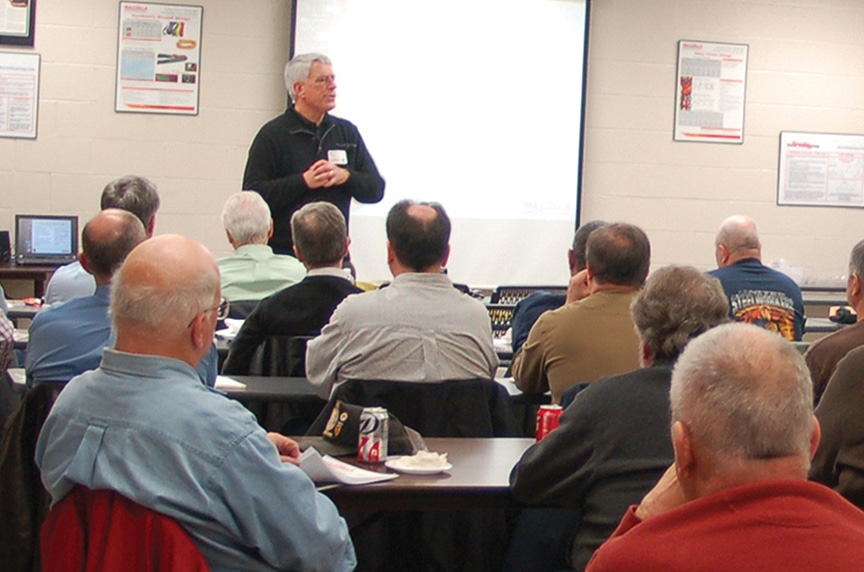
The purpose of lifting and rigging training is to educate a company’s personnel on rigging “best practices,” manufacturer’s recommendations, and industry standards (those related to the Occupational Safety and Health Administration (OSHA) and American Society of Mechanical Engineers (ASME). Better educated employees can take what they learn to promote a safer, more efficient work environment.
Lifting and rigging training is often necessary in situations when companies hire new employees, or want to provide continued education for their more tenured employees. Training usually consists of a classroom session and could include a practical (hands-on) element as well.
All lifting and rigging training should cover applicable OSHA and ASME industry standards and how they apply to:
- Planning a lift
- Product care, usage, and inspection
- Load control
- Job site safety
- And more
What Type of Training Does Mazzella Offer?
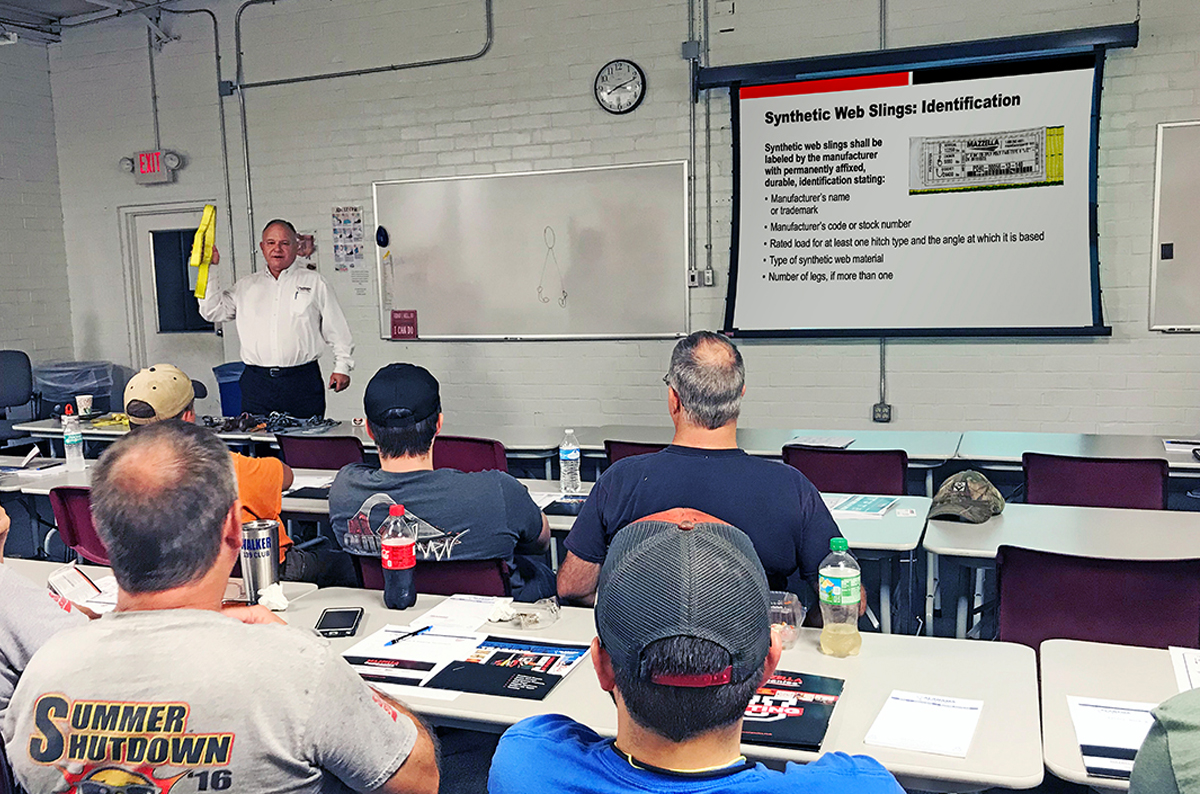
Mazzella employs an in-house training department which specializes in getting workers compliant in several important disciplines. Our training focuses on three areas:
- Basic lifting and rigging
- Signalperson training
Lifting and Rigging Training
The purpose of lifting and rigging training is to educate a company’s personnel on rigging “best practices,” manufacturer’s recommendations, and industry standards (those related to the Occupational Safety and Health Administration (OSHA) and American Society of Mechanical Engineers (ASME).
Throughout the course, attendees learn about:
- Proper rigging inspection and selection practices
- Load handling activities
- Equipment testing
- Rigging knots
Overhead Crane Operator Training
Mazzella’s overhead crane operator course offers students a detailed education on different overhead crane types, crane components, and the best overhead crane operations and techniques.
Our training can help you or your workers become National Commission for the Certification of Crane Operator (NCCCO) certified, with the help of our partners at ITI.
Signalperson Training
Participants will get a breakdown of federal regulations and safety considerations for signalpersons. They will also review general safety considerations for crane operations and how to identify verbal signals and safety considerations.

Do You Have to Do Your Rigging Training Through a Third-Party Company?
There is no OSHA or industry standard that requires you to get training through a third-party provider. Technically, someone from inside your company can conduct training with new workers.
However, partnering with a third party has several benefits. First, third-party trainers are experts at disseminating information and translating it to workers. Just because someone at your facility is an expert overhead crane operator doesn’t mean they’re going to be great at teaching an entry-level employee. It’s like how many legendary NBA or NFL players don’t work well in coaching or management positions. And because of how much the industry has changed, plenty of myths still circulate.
Most of these myths come from convenience and are even perpetuated by seasoned workers. So, in some cases, your most experienced workers may be passing outdated practices and myths to the new generation of workers.
Plus, creating a proper training course takes a lot of time and preparation, and you don’t want to have your most valuable workers off the shop floor for a day prepping for an upcoming training session.
Third-party trainers not only stay updated on the proper training, rules, regulations to ensure your workers stay compliant, but they also understand how to properly document training, which is an OSHA requirement.
How Much Does Mazzella Charge for Training?
Pricing a Mazzella training course requires communication, collaboration, and possible customization offerings. Every class is different, and every student will have different experience levels, so there’s no boiler plate price.
Mazzella’s price range for training depends on what discipline it covers and the number of students in a class.
Mazzella’s rigging and signalperson classes are priced at a 10-student minimum, and the usual price range is $125 to $500 per person. However, larger training programs (50-200 students) are eligible for corporate flexibility pricing.
Time is also an important factor in pricing. Training can range from an hour long course to up to eight hours. A one-hour course could cost around $100, while a six-hour course could be in the $500 range.
Unlike rigging and signalperson training, which has six time options, our crane operator training only comes in a four-hour and eight-hour course. These courses can range from $250 to $500 per person.
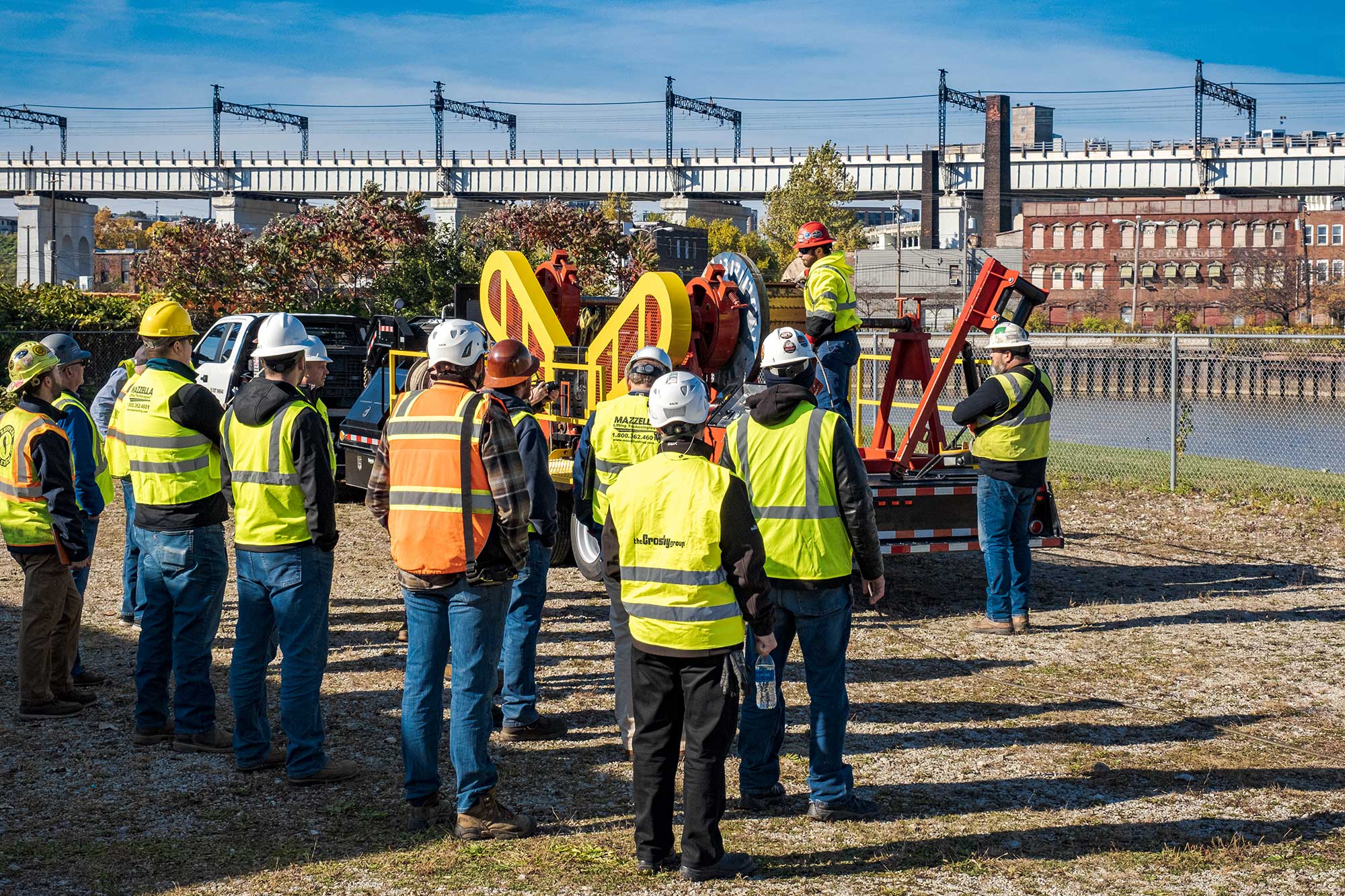
What Is Included in Mazzella’s Rigging Training Fees?
Number of Attendees
Most lifting and rigging training programs—including our own—will charge per student.
For pricing purposes, most programs will consider the number of attendees to take high volume session attendance into account. There is a difference when it comes to training ten people in one class vs. training 100 people over five separate classes.
Costs of Handout Material
Students receive a workbook or packet, stickers, guides, pens, and laminated pocket rigging cards for reference.
Customized Classes
Once our trainers have the conversation with the customer to figure out what pieces and parts need to be customized, then they can come up with a training timeline and how it will affect the final cost.
Length of Training / Number of Sessions
Generally, the longer the training session, the higher the price.
The length of training you receive is up to you and mostly dependent on the level of training your employees require. This is something your Account Manager or Trainer will work through with you.
Sometimes, the training sessions need to be spread out over several shifts. Since more sessions means more time required from the trainer(s), this will usually result in a higher investment.
It’s common for customers to want a staggered training schedule—where they have a training session on Tuesday and Thursday. We can accommodate but know the expenses will increase for the extra day.
Travel Expenses
The company you purchase your training from will normally send their closest qualified trainer to work with your employees.
If a company does not typically service your region, their closest available trainer may need to travel a significant distance to service your facility. If this is the case, expenses like airfare, hotel, meal expenses, rental car, gas, etc. are typically calculated into the total cost of the training.
Are there Any Hidden Costs with Mazzella’s Training?
No, the price you see is the price you get, and Mazzella prides itself on our transparent pricing.
Is There a Price Difference Between Mazzella Training and ITI Training?
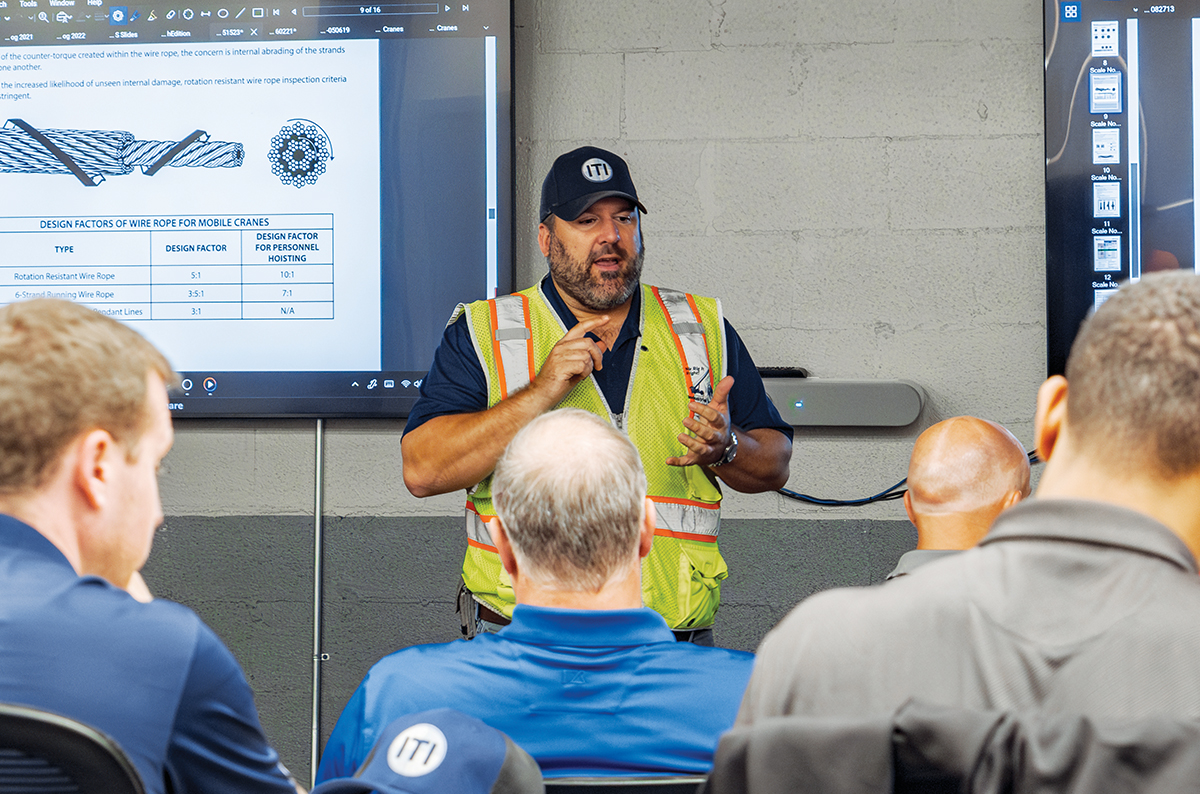
Yes, there is a significant price difference between Mazzella training and ITI training. This is the case for multiple reasons.
First, Mazzella’s training is geared more towards beginner-level courses, while ITI’s training is geared for intermediate and advanced skill levels, so ITI’s courses tend to be more expensive.
ITI has more stringent prices for their training, while Mazzella’s has a broad range that can be affected by a variety of factors. For example, ITI’s Master Rigging Course, which is a high-level, five-day in-person training program, will cost a lot more than a Mazzella-led toolbox talk, which only lasts about 30 minutes.
While there are significant differences between Mazzella’s and ITI’s pricing, Mazzella promotes and sells ITI training directly to customers through a deep partnership. This partnership also means that every Mazzella trainer is thoroughly trained on ITI’s curriculum and teaching style.
Does Mazzella Offer Discounts for Returning Customers?
Mazzella offers “refresher” courses to returning customers, and they are significantly less expensive than typical training courses, as they take a fraction of the time to complete.
So, if you signed up for an eight-hour training class, a refresher course a year later will only take around two hours to complete.
Why Shouldn’t You Choose Free Training?
It’s understandable why companies would be interested in a free training class. According to our training experts, free training usually devolves into sales pitches for certain products. These free training courses are usually short (30-45 minutes) and don’t go into detail about OSHA and ASME compliance.
Free offerings are always enticing, but when it comes to training your workers, you will be better off paying for in-depth courses that keep your workers safe and compliant.
Why Should You Choose Mazzella for Your Training Needs?
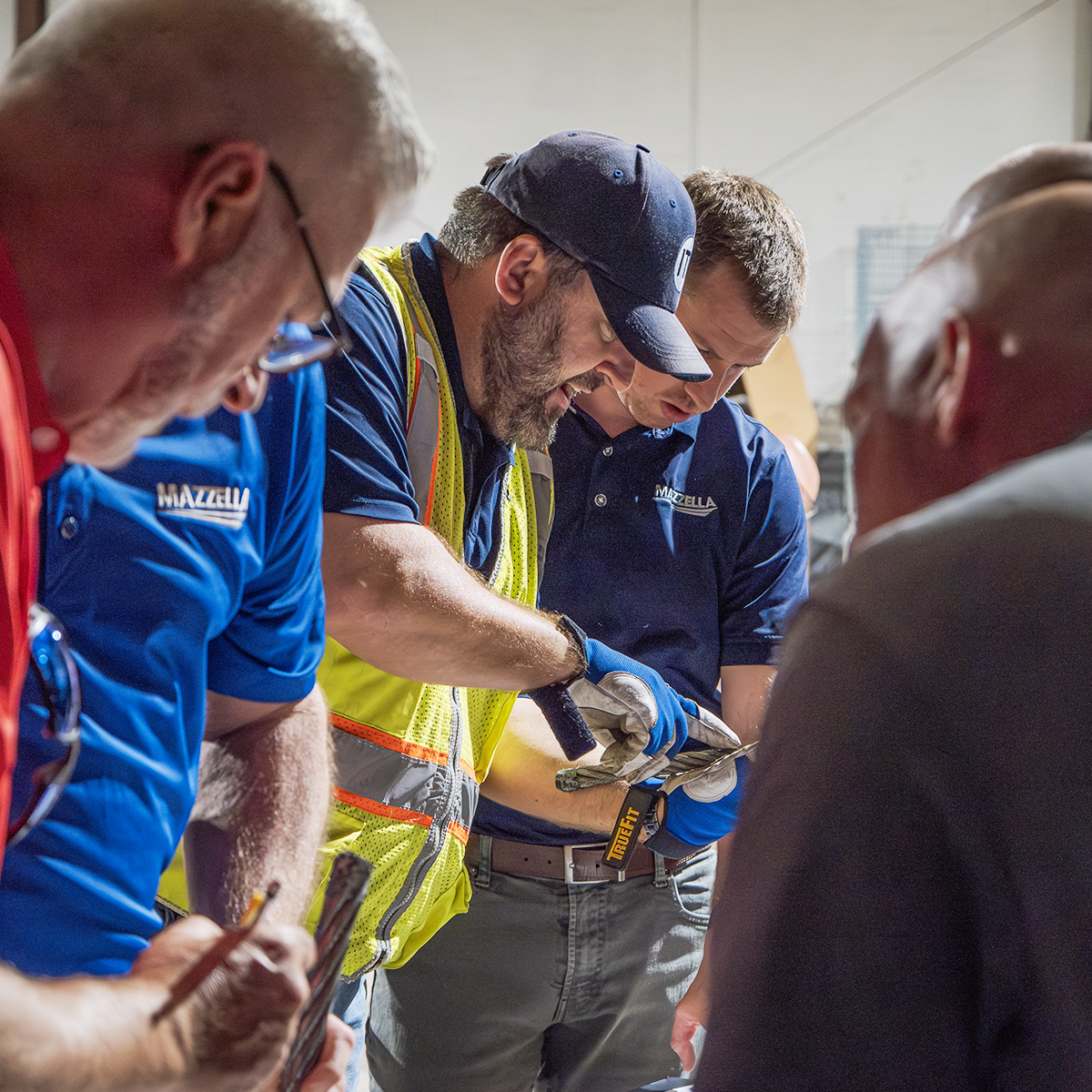
We hope this article has given you the information you need to properly plan and budget for your lifting and rigging training requirements.
Whether it’s online, on-site, or in a classroom, Mazzella offers an extensive lifting and rigging training program with our partners at Industrial Training International (ITI). We can also help you with additional training courses, ranging from cranes, rigging, lift planning, rigging engineering, and even NCCCO Certification.
Mazzella and ITI have also partnered to launch two state-of-the-art training facilities: one in our Cleveland Lifting Center, and the other in Bartow, Florida.
Want to schedule a training session for your organization or still have questions? Contact one of our Training Specialists today.
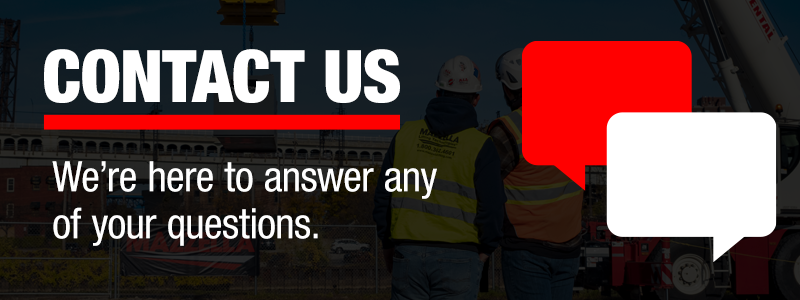
Copyright 2025. Mazzella Companies.
